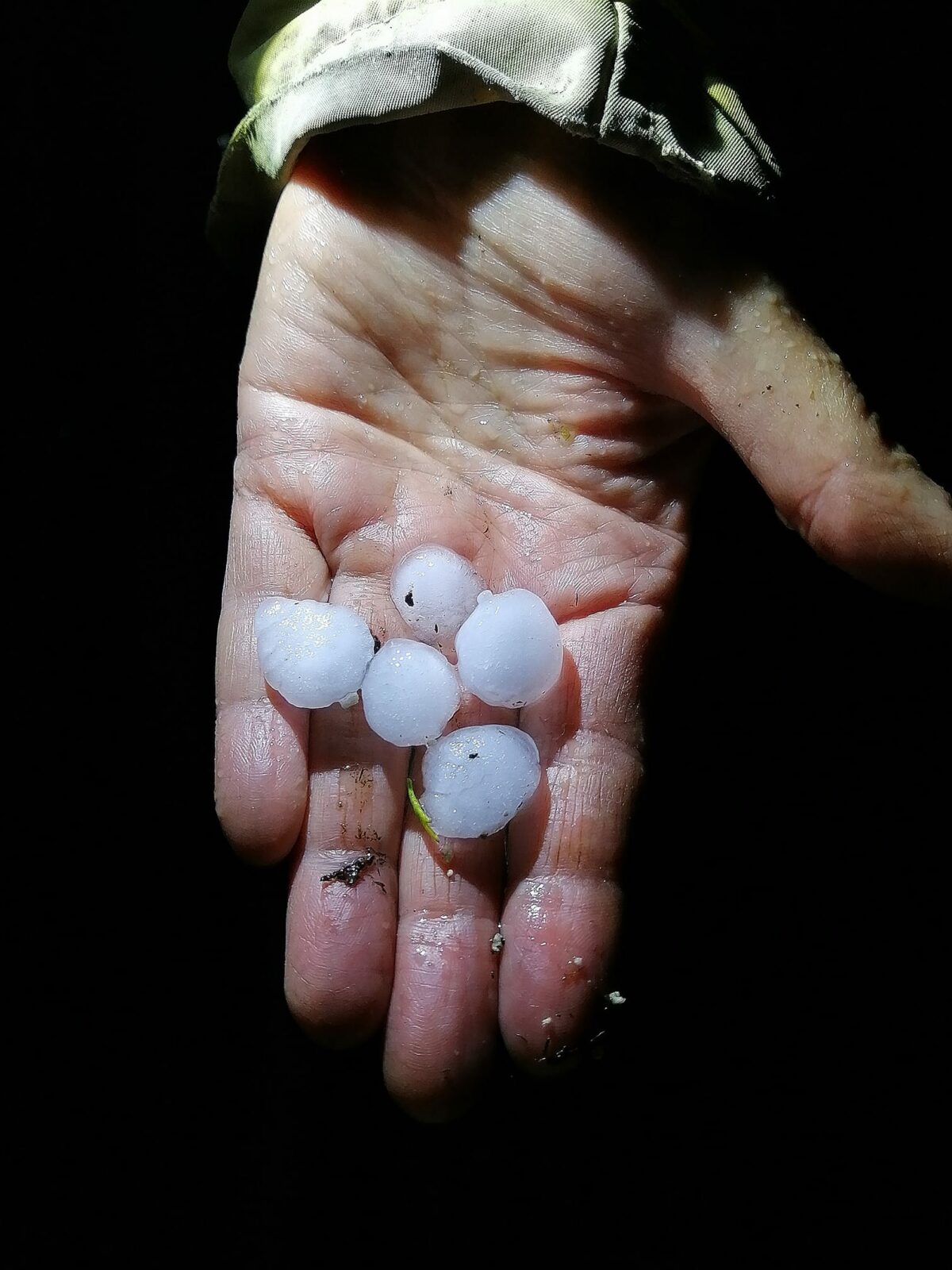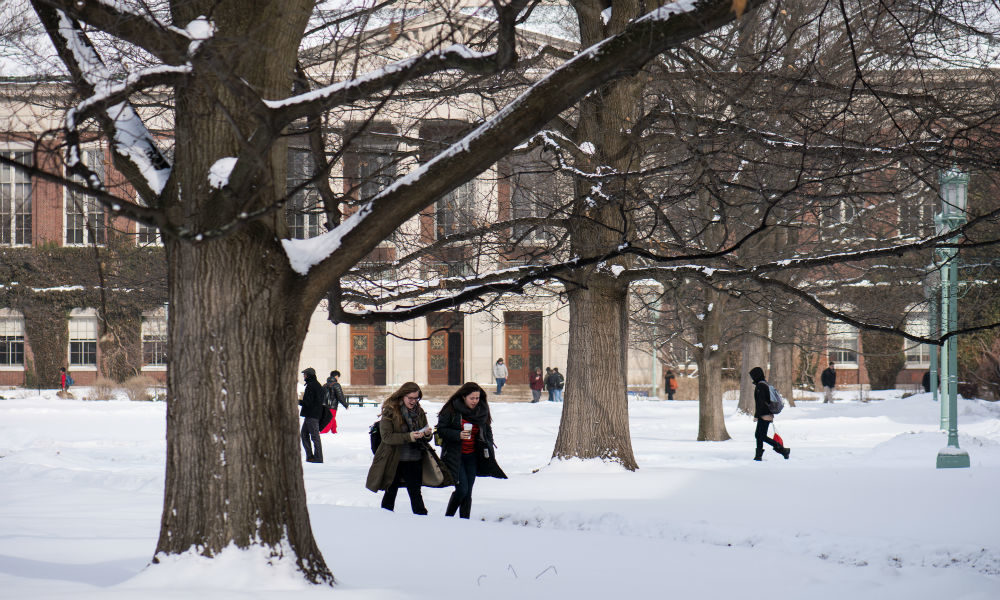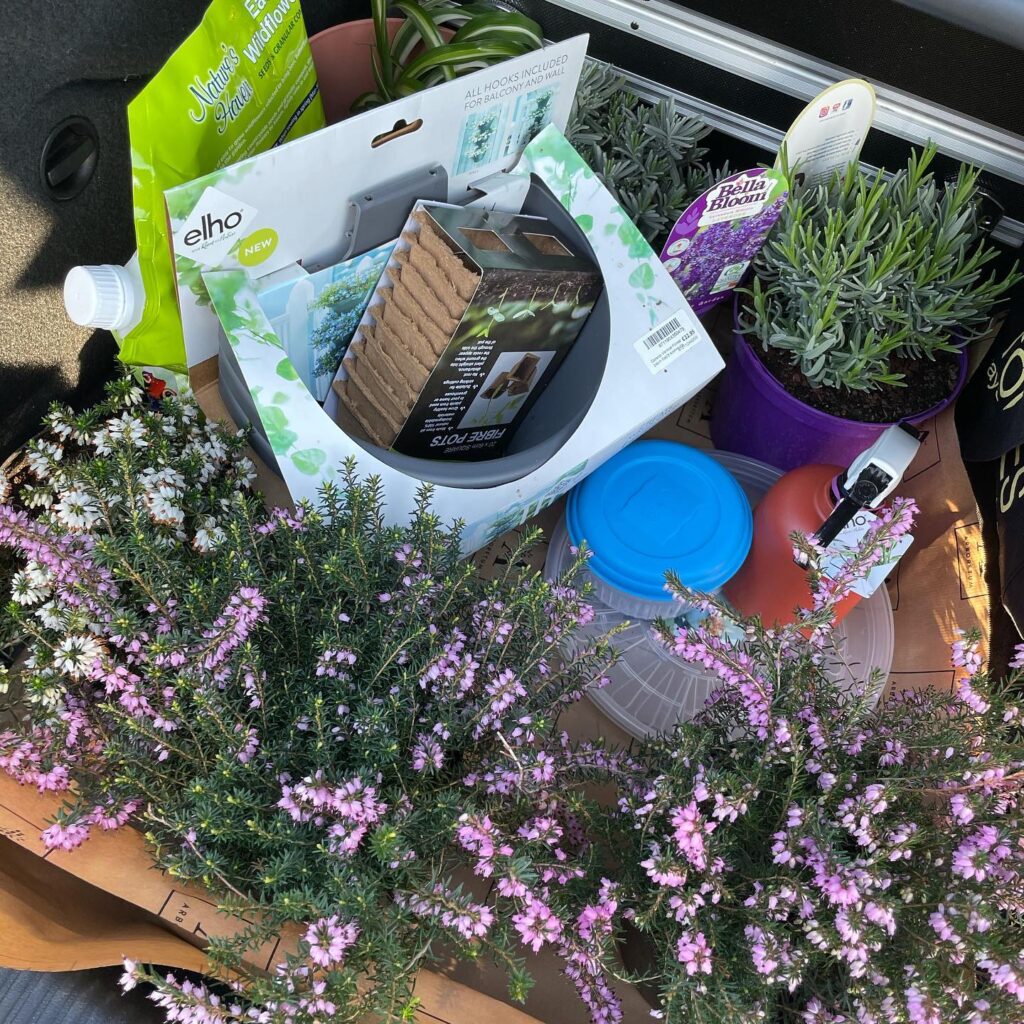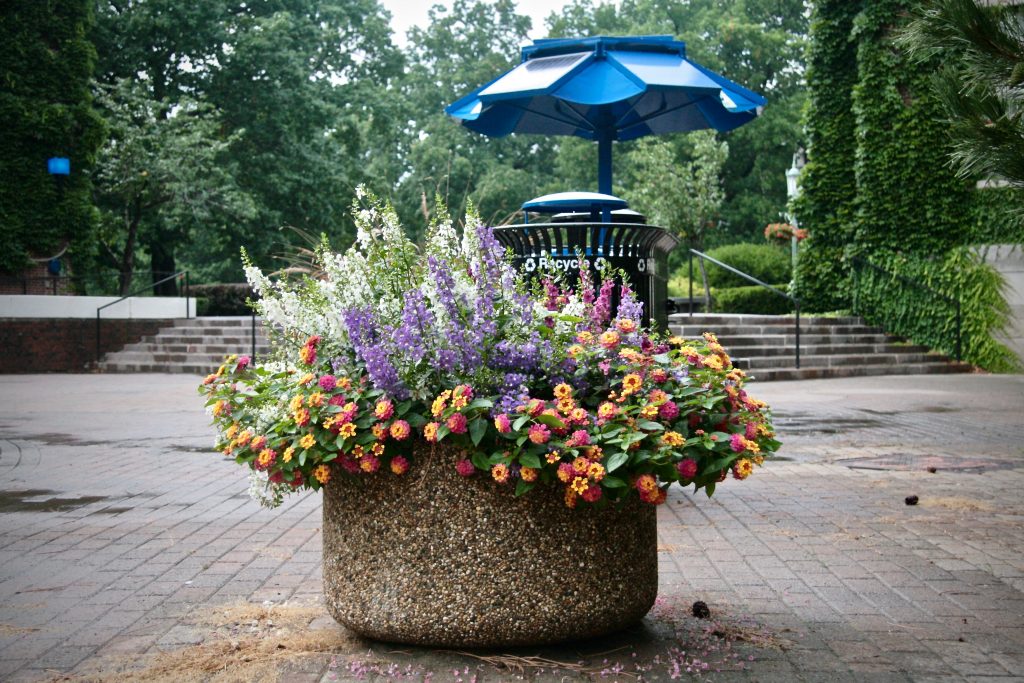Rochester, New York, is known for its beautiful landscapes and vibrant gardening community. However, the region’s unique climate presents both challenges and opportunities for gardeners. Understanding the weather patterns and seasonal changes is crucial for anyone looking to cultivate a garden in this area. In this article, we will explore the various weather considerations for gardening in Rochester, including temperature variations, precipitation trends, and tips for successful gardening in this region.
Understanding Rochester’s Climate

Rochester experiences a humid continental climate, characterized by four distinct seasons. This climatic zone significantly influences the types of plants that can thrive in the area. The USDA Plant Hardiness Zone for Rochester is 6a, meaning that most plants that can survive in this zone can withstand minimum temperatures of -10 to 0°F.
Temperature Variations
The average temperature in Rochester varies significantly throughout the year:
- Winter (December – February): Temperatures can drop to an average of 20°F, with January often being the coldest month.
- Spring (March – May): Temperatures start to warm up, averaging around 50°F by May, but late frosts are common.
- Summer (June – August): Warm and humid, with average temperatures reaching the mid-70s to low 80s°F.
- Fall (September – November): Cool temperatures return, with averages around 50°F in November, often accompanied by early frost.
These temperature variations mean that gardeners need to be strategic about planting times and plant selection. Late spring frosts, particularly in May, can damage tender seedlings, while early fall frosts can end the growing season prematurely.
Precipitation Trends
Rochester receives an average annual precipitation of about 34 inches, which is fairly evenly distributed throughout the year. However, the region can experience heavy rainfall during the summer months, leading to potential flooding issues. Here are some important points to consider:
- Spring: Rainfall is generally moderate, providing ample moisture for early planting.
- Summer: Thunderstorms can lead to intense but short-lived downpours, so good drainage is essential.
- Fall: Rainfall decreases, and gardeners should consider irrigation for late-season crops.
Understanding these patterns can help gardeners plan their watering schedules and select crops that can withstand varying moisture levels.
Choosing the Right Plants for Rochester
When selecting plants for your Rochester garden, it’s essential to consider both hardiness and the growing season. Here are some categories of plants that perform well in this climate:
Perennials
Perennials are a great choice for Rochester gardens as they return year after year. Some popular options include:
- Daylilies: Hardy and low-maintenance, they bloom in the summer.
- Hostas: Ideal for shaded areas, they offer lush foliage.
- Peonies: Known for their fragrant blooms, they thrive in well-drained soil.
Annuals
Annuals can add vibrant color to your garden, and many thrive well in Rochester’s summer heat. Consider:
- Marigolds: Easy to grow and attract beneficial insects.
- Zinnias: Drought-resistant and available in various colors.
- Petunias: Bloom continuously throughout the summer.
Vegetables and Herbs
If you’re interested in growing your own food, consider these vegetables and herbs that do well in Rochester:
- Tomatoes: Choose early varieties to avoid frost damage.
- Bell Peppers: Thrive in warm summer conditions.
- Basil: A great herb for summer gardens, it loves the heat.
Seasonal Gardening Tips
To maximize your gardening success, consider these seasonal tips tailored for Rochester’s climate:
Spring Gardening

- Start seeds indoors in late winter to get a jump on the growing season.
- Be prepared for late frosts; use row covers to protect young plants.
- Test soil temperature before planting; most seeds germinate best in soil above 60°F.
Summer Gardening

- Implement a regular watering schedule, especially during dry spells.
- Mulch around plants to retain moisture and suppress weeds.
- Monitor for pests and diseases, as warmer temperatures can increase their activity.
Fall Gardening

- Harvest crops before the first frost. Use a frost blanket if necessary.
- Consider planting cover crops to improve soil fertility over winter.
- Clean up garden debris to prevent diseases and pests from overwintering.
Case Studies: Successful Rochester Gardens
Several local gardeners have successfully adapted their practices to Rochester’s climate. Here are a couple of case studies:
The Urban Garden Project
A community initiative in Rochester’s South Wedge neighborhood transformed vacant lots into urban gardens. They focused on:
- Choosing native plants that require less maintenance.
- Implementing rain gardens to manage stormwater runoff.
- Engaging the community in gardening workshops to share knowledge.
The Rochester Botanical Gardens
These gardens showcase a variety of plants that thrive in the Rochester climate. They use seasonal displays to educate visitors on:
- Plant hardiness zones and their importance in selection.
- Creative gardening techniques, such as vertical gardening.
- Sustainable practices like composting and organic pest control.
Gardening in Rochester comes with its unique set of challenges and rewards. By understanding the local climate, including temperature variations and precipitation trends, gardeners can make informed decisions about plant selection and gardening practices. The key to successful gardening lies in being adaptable and knowledgeable about the weather patterns that influence plant growth. Whether you are a seasoned gardener or a beginner, the insights shared in this article will help you cultivate a thriving garden in Rochester.
Remember, the right plants combined with strategic gardening techniques can lead to a flourishing garden that not only beautifies your space but also contributes to the local ecosystem. Happy gardening!